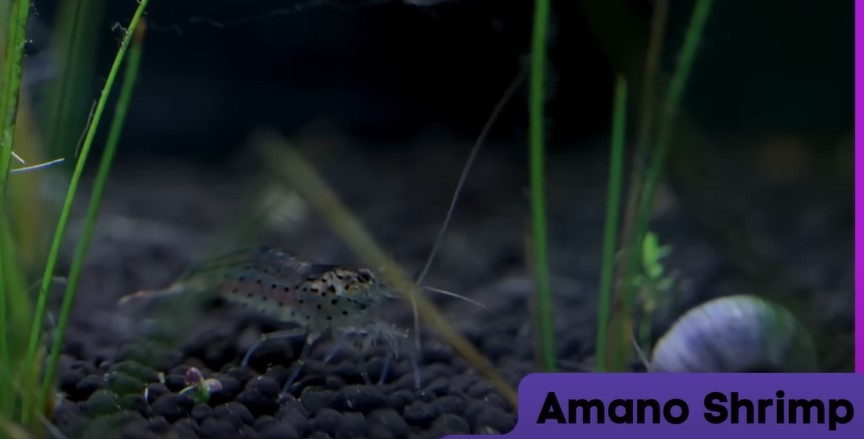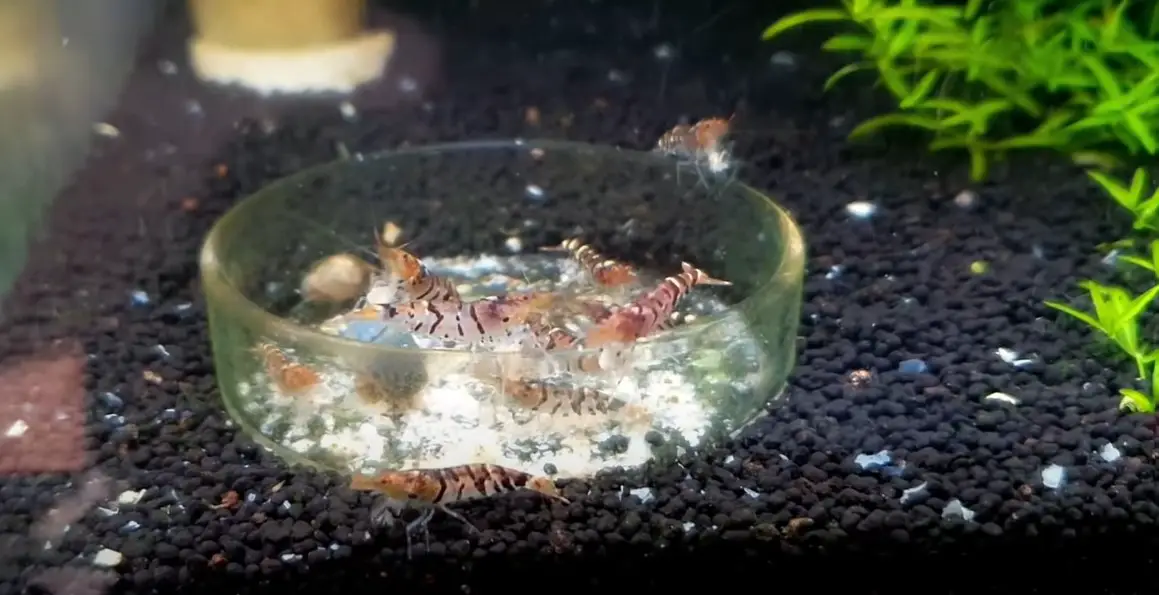Amano shrimp, known for their vibrant appearance and efficient algae-eating abilities, have become popular additions to freshwater aquariums.
However, the unfortunate reality of dealing with deceased Amano shrimp is an aspect of shrimp keeping that every enthusiast should be prepared for.
In this comprehensive blog post, we delve into the factors behind Amano shrimp mortality, the implications for aquarium ecosystems, and essential care considerations to prevent and address shrimp deaths.
Factors Behind Amano Shrimp Mortality:
- Water Quality Matters: One of the primary contributors to Amano shrimp mortality is poor water quality. Shrimp are highly sensitive to changes in water parameters such as ammonia, nitrite, and pH. Sudden shifts can stress them, leading to fatal consequences.
- Inadequate Diet: Amano shrimp are voracious algae eaters, but they also require a balanced diet. A lack of sufficient food can weaken their immune systems, making them susceptible to diseases.
- Stress and Aggression: Overcrowding, aggressive tankmates, and frequent disturbances can cause stress among Amano shrimp, weakening their resilience and making them prone to illnesses.
- Disease Outbreaks: Bacterial and fungal infections can quickly spread within a shrimp population. Recognizing the signs of illness and acting promptly is crucial to prevent an entire tank from being affected.

Implications for Aquarium Ecosystems:
- Nutrient Cycling Disruption: Amano shrimp play a vital role in maintaining balanced ecosystems by consuming excess algae. The death of shrimp can lead to an algae overgrowth, disrupting the delicate nutrient cycling within the aquarium.
- Impact on Biodiversity: In community tanks, the loss of Amano shrimp can affect the dynamics of the ecosystem. The absence of these diligent cleaners can result in a buildup of detritus and negatively impact other tank inhabitants.
Care Considerations to Prevent and Address Shrimp Deaths:
- Monitor Water Parameters: Regularly test water parameters and ensure they remain within the acceptable range. Perform partial water changes to maintain stable conditions.
- Balanced Diet: Provide a mix of algae-based foods and high-quality commercial shrimp pellets to ensure proper nutrition. Variety in diet is key to promoting health.
- Adequate Space: Avoid overcrowding and select tankmates that are peaceful and compatible with Amano shrimp. This reduces stress and minimizes the risk of aggression.
- Quarantine New Additions: Always quarantine new shrimp before introducing them to the main tank. This helps prevent the spread of potential diseases.
- Observation and Early Intervention: Regularly observe your shrimp for signs of stress or illness. If you notice any unusual behavior or physical symptoms, take action promptly.
Conclusion:
Understanding the factors that contribute to the mortality of Amano shrimp is essential for every aquarist.
By taking a proactive approach to their care, you can create an environment that promotes the well-being of these remarkable creatures.
Remember, the health of your Amano shrimp population reflects the overall health of your aquarium ecosystem.
By implementing the right care considerations, you can enjoy the beauty and benefits of Amano shrimp while ensuring their longevity in your aquatic haven.
